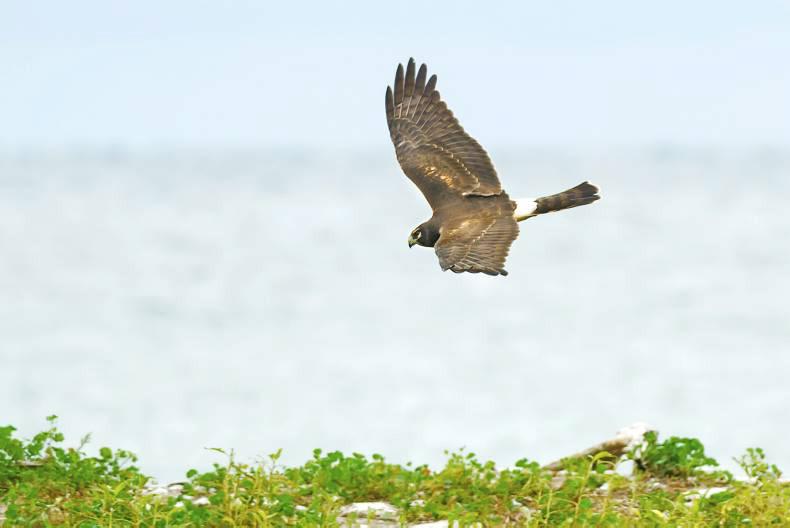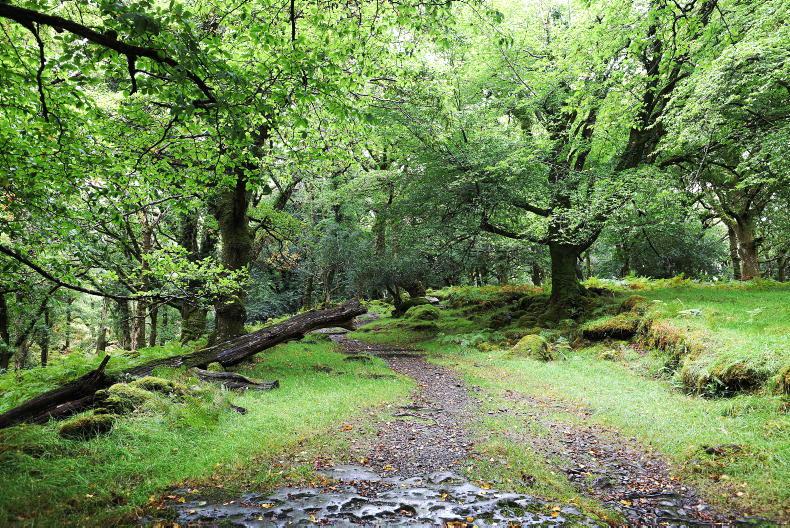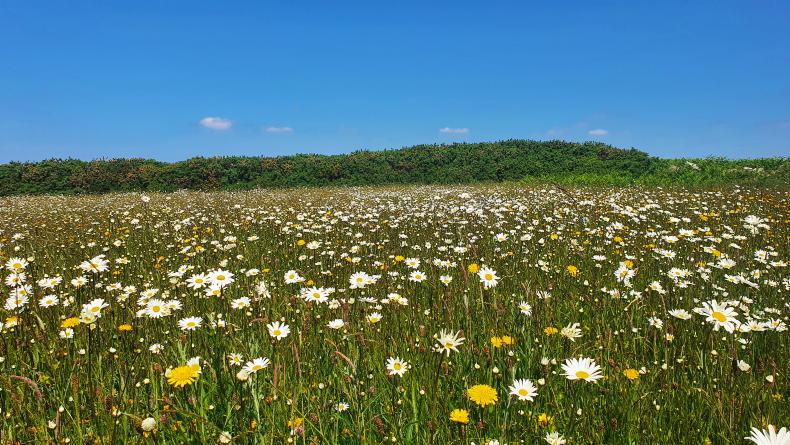The report, entitled Designation of Lands as Special Protection Areas for the Conservation of Breeding Hen Harriers, examines the impact of Special Protection Areas (SPAs) in the context of conservation and the needs of the landowner. It gives a list of 18 recommendations.
One of the recommendations was that a separate, dedicated payment programme be established for the purposes of compensating farmers for their work in protecting hen harriers.
"The Committee believes that the current Hen Harrier SPA subsidy under GLAS is not adequate," the report says. "Furthermore, it agrees that GLAS funds are not sufficient to meet the necessary level of Hen Harrier SPA subsidy."
Hen harrier is included in Tier 1 under GLAS, meaning that all farmers who protect the hen harrier receive priority access to the scheme over the 2014-2020 Rural Development Programme lifetime.
Under the current payment structure of the scheme, farmers receive €370/ha up to a maximum of 13.5ha annually for their role in protecting the species, plus a top-up of €2,000 up to a limit of 19ha.
"Providing a public good"
The report says farmers "are providing a public good in preserving the Hen Harrier" and that the failure to compensate for loss of income or make payment for actions undertaken is "discriminatory and unjust".
It adds that whatever the compensation scheme proposed for farmers, it should be a long-term scheme and not tied to EU-financing cycles, which normally last seven years.
Other recommendations
Some of the other recommendations from the report are that farmers and farming groups be more involved in the entire process of protecting the hen harrier. The committee notes there was no consultation with farmers prior to the protected area designations being made.
The committee also recommends implementing a consistent monitoring system to evaluate how the management of the hen harrier SPA network has been working so far, and to ascertain whether the desired conservation outputs are being achieved.
Also, in acknowledgment of a suggestion made by the Irish Farmers with Designated Land (IFDL) group, a national representative group of farmers whose main concern is that land designation restricts commercial farming practice, the committee recommends that a tax credit scheme be explored in order to restore appropriate land value to designated land and therefore facilitate land mobility.
Commenting on the report, Andrew Doyle, chair of the committee, said: "We believe these 18 recommendations, if adopted, can go some way to addressing the difficulties experienced by farmers with regard to diminished income and land value while also being cognisant of our responsibilities in the area of conservation. Our recommendations encompass subsidisation for the farmer, the EU dimension, farmer involvement, management and administration amongst others.”
The next step for the report is that its findings will be issued to Minister for Agriculture, Food and the Marine Simon Coveney and Minister for Arts, Heritage and the Gaeltacht Heather Humphries.
Hen harrier in Ireland
In 2007 the National Parks and Wildlife Service designated a suite of six SPAs under the Birds Directive for the protection of breeding Hen Harriers. The six sites cover a total area of 167,296ha. They are located in Kerry, Cork, Limerick, Clare, Tipperary, Offaly, Laois, Galway and Monaghan.
About 3,800 farmers own land in designated areas. An estimated 52% is afforested, about 30% is farmed and the remainder is made up of bog and moorland. In 2010, the number of hen harrier birds in the country was estimated to be between 128 and 172 pairs, a 18% decline on 2005 figures.
Read the full report here.









SHARING OPTIONS